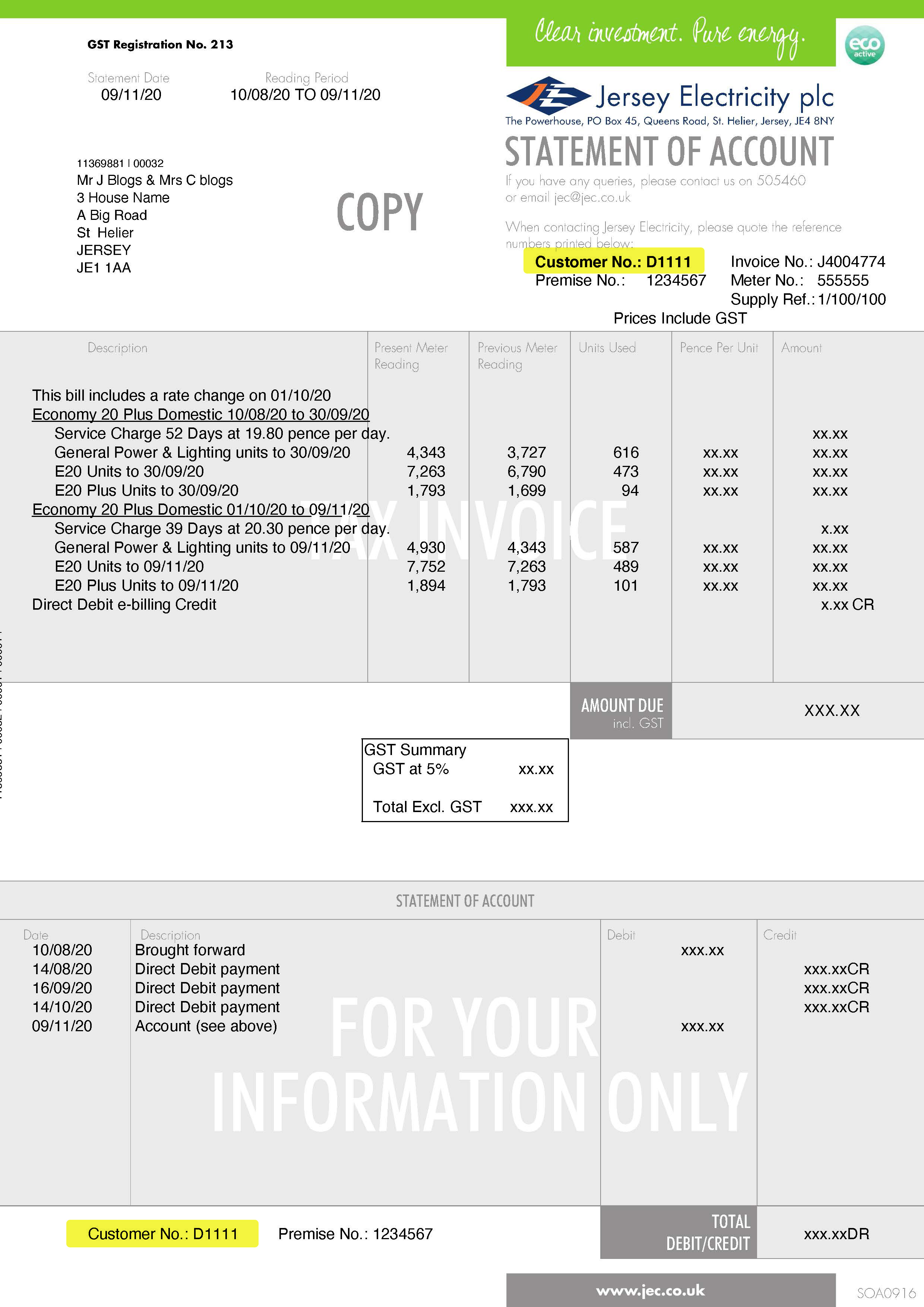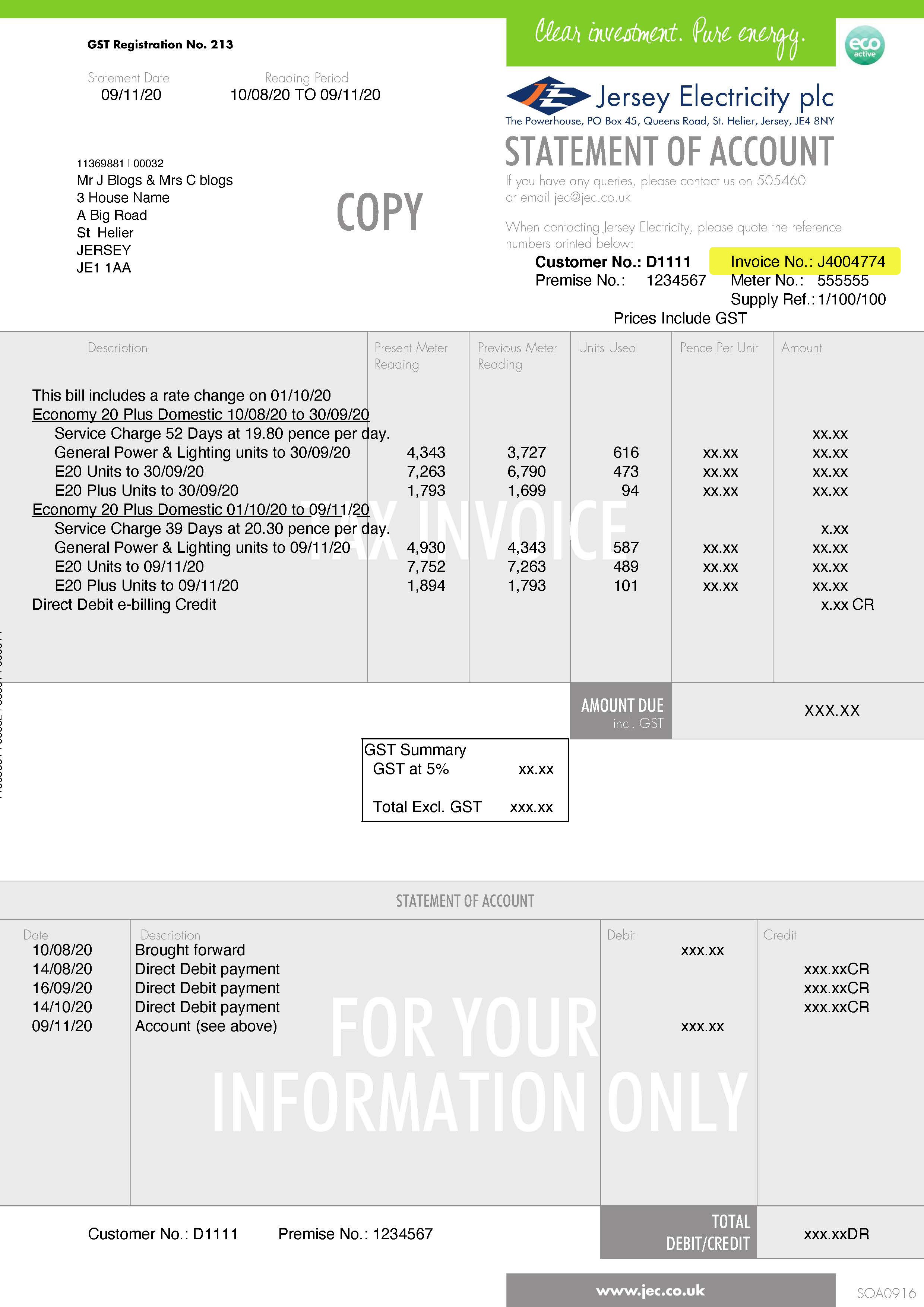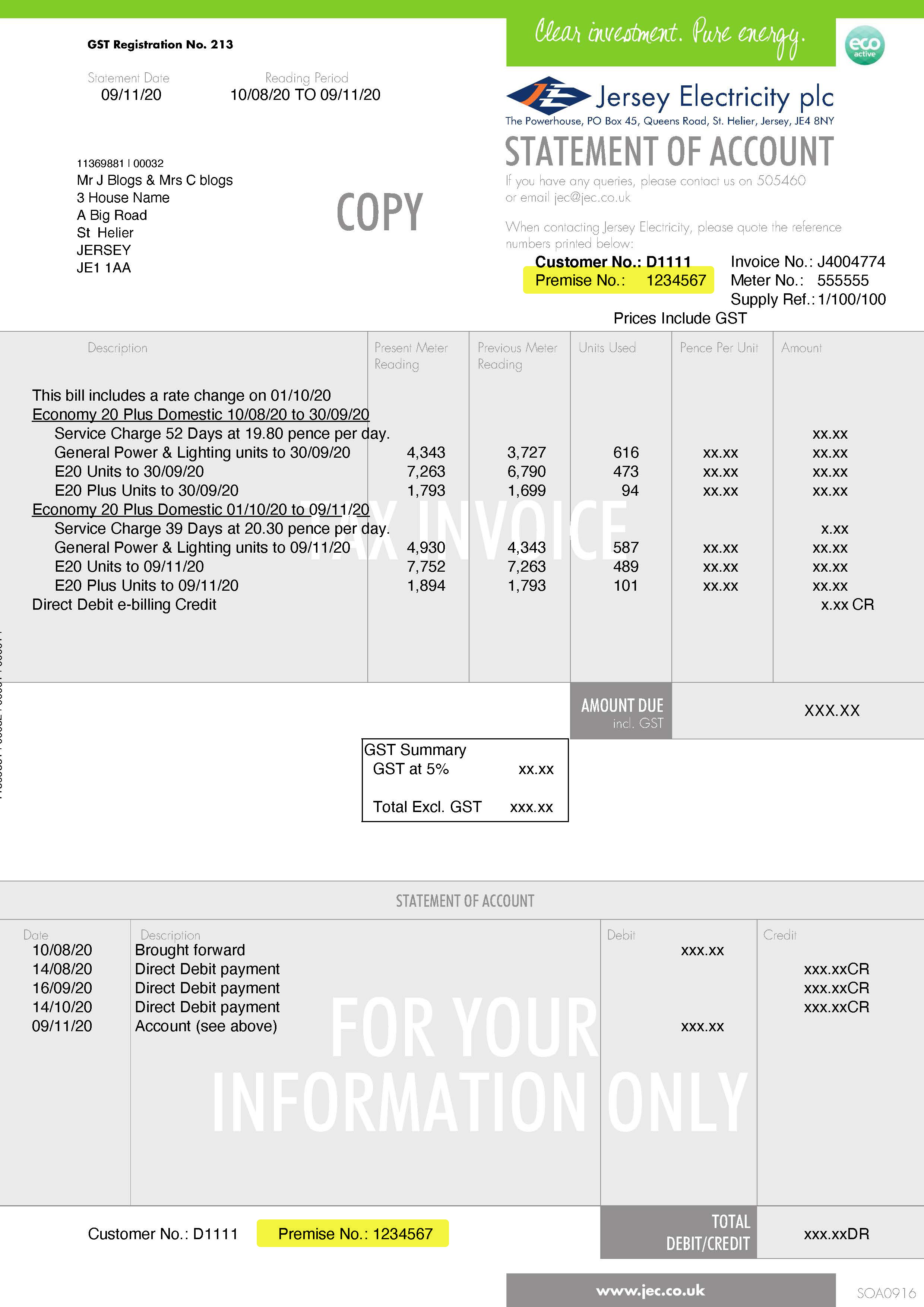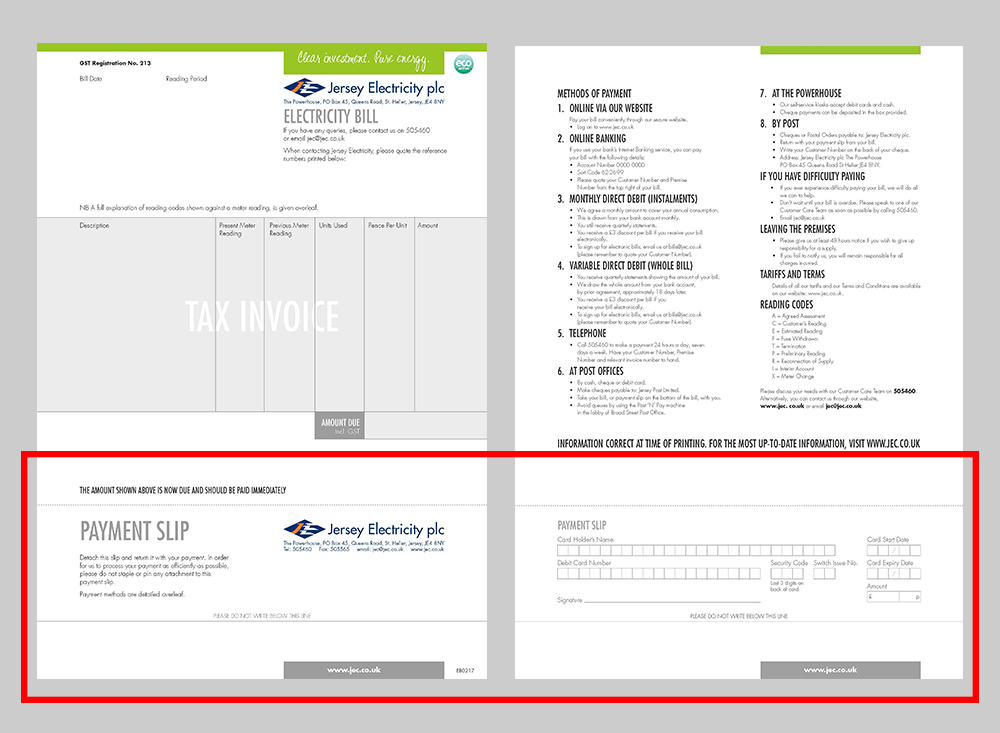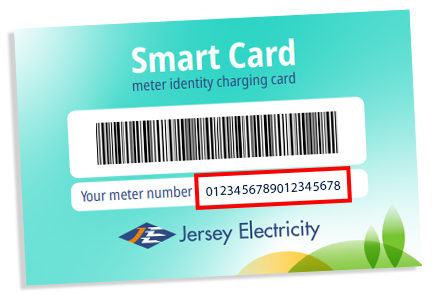This guide explains the steps you, as a certified installer of Embedded Generating Unit (EmG), need to take before, during and after carrying out an installation. It covers the following topics:
Step 1 - Planning permission
Before installing any Embedded Generating Unit (EmG) for your customer, you must ensure they have obtained the necessary planning permission.
Step 2 - Complete an Electricity Supply Enquiry (ESE)
To complete an Electricity Supply Enquiry (ESE) form you will need to provide the following:
- A site location plan
- A ground floor drawing with all existing services and/or the proposed new services marked
- All your proposed electrical load in kilowatts (kW)
- All your current electrical loads in kilowatts (kW)
The ESE should be completed by a person with a good knowledge of the property's required electrical loads. If your are not confident you can accurately work out the property's required electrical load, we recommend asking an experienced electrical contractor to complete the ESE on your behalf.
The ESE form is an editable PDF. You can complete it using a computer, or print it and fill it out by hand.
Electricity Supply Enquiry
157kbStep 3 - Return the completed ESE to our team
By email
Please send the completed form to our ESE Team by email to ese@jec.co.uk.
By post / by hand
ESE Team
Jersey Electricity
The Powerhouse
Queens Road
St Helier JE4 8NY
Step 4 - We confirm receipt of your application
Once we've received your completed ESE form, we will send you written confirmation and begin processing your application.
Step 5 - Submit an Embedded Generation form
At Jersey Electricity we refer to all solar and wind systems that create renewable energy as Embedded Generation.
To ensure the installation of your system meets our guidelines, you will need to complete the correct Embedded Generation form on behalf of your customer.
To find the correct form and guidelines download our Embedded Generation Form decision tree.
The correct Embedded Generation forms must be completed BEFORE work on installing your system begins.
All our Embedded Generation forms can be downloaded from the Embedded Generation page.
Step 6 - Carry out the installation
Once you have received our approval, you can begin installing the embedded generation system. To make sure it meets our requirements, you will need to closely follow the engineering recommendations that suit your installation.
Installation of any generator less than or equal to 16A per phase must comply with Engineering Recommendations G98 'Requirements for the connection of Fully Type Tested Micro-generators (up to and including 16 A per phase) in parallel with public Low Voltage Distribution Networks'.
Installation of any generator greater than 16A per phase must comply with Engineering Recommendations G99 'Requirements for the connection of generation equipment in parallel with public distribution networks.
Step 7 - Installation inspection by our engineer
Once you have carried out your installation, we will send an engineer to inspect it and make sure it meets our requirements.
If the installation meets our requirements, we fully commission the embedded generation system and provide written confirmation.
Step 8 - Fitting a buy back meter
A Buy Back meter allows you to sell surplus electricity back to us at the Buy Back tariff rate.
Once your installation has been approved by our engineers, and assuming there is sufficient space, we can fit a Buy Back meter beside your existing outdoor meter at no cost.
If your existing meter is indoors, we will have to move it outside and our Planning Engineer will advise you of the costs.
